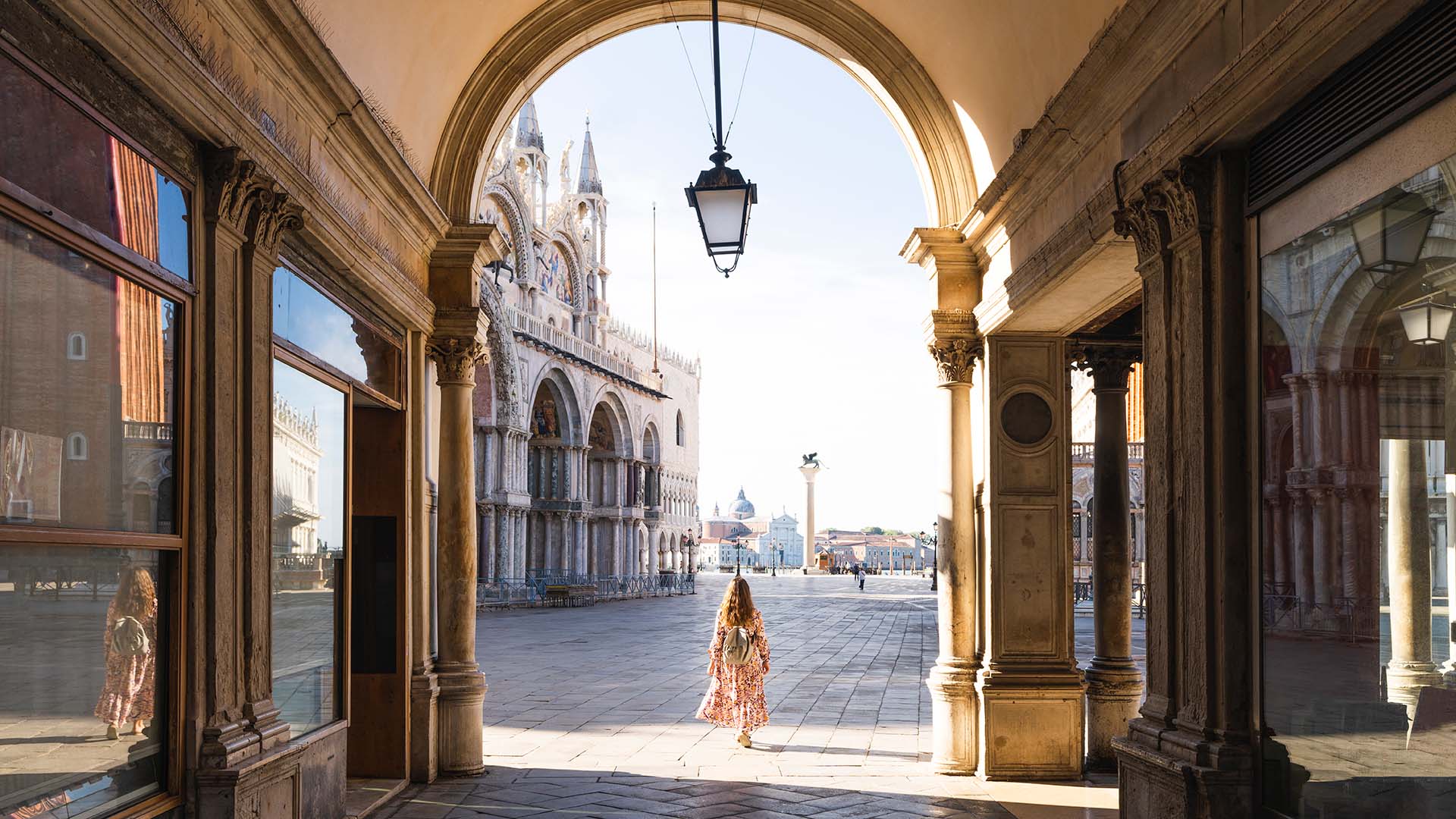One thing people never seem to get enough of when traveling to Italy (and Florence in particular) is art. Featuring iconic masterpieces like Michelangelo’s David, Botticelli’s “Birth of Venus” and Ghiberti’s Gates of Paradise, the city opens up little by little like a precious treasure of the past.
Here is the roadmap for art hunters to follow.
The Uffizi Gallery
Considered one of the world’s top art museums, Uffizi Gallery was never meant to welcome the 10,000 daily visitors it does today. First conceived by Cosimo de’ Medici as a grandiose building to host magistrates , the Uffizi opened to the public in 1769 when a member of the Lorraine family turned it into a museum.
These days, after getting through the inevitably long entrance lines and metal detector, art enthusiasts will have the privilege of gazing at the elaborate frescoes and magnificent artwork, like Piero della Francesca’s “The Duke and Duchess of Urbino,” paintings by Giotto and Botticelli, Raphael’s portrait and Leonardo da Vinci’s painted panel, “The Annunciation.”
Accademia Gallery
Galleria dell’Accademia offers more than Michelangelo’s David and his unfinished “Slaves” located in the Hall of the Prisoners; it also archives Renaissance panel paintings, egg temperas and musical instruments.
If you start feeling dizzy and confused in front of all that cultural richness, know you are not alone. In fact, you are experiencing a psychosomatic disorder called Stendhal Syndrome (or Florence Syndrome), which is triggered when overwhelmingly beautiful works of art are all housed in one place.
The Opera del Duomo Museum
Located on the northeastern side of the Piazza del Duomo, the Opera del Duomo (OPA) serves as an archive of all art pieces that have been removed from the Santa Maria del Fiore’s cathedral and baptistery over time.
Founded in 1891, the sprawling space is divided into three floors and 25 rooms, each dedicated to a theme. Plan to spend a good deal of time in the gallery featuring Michelangelo’s Pietà as well as the sculptures galleries.
Museo Galileo
With all the incredible sculptures, paintings and architecture that Florence has to offer, one could easily miss this noteworthy science museum located right next to the Uffizi. Situated inside 12th-century Palazzo Castellani, Museo Galileo reveals a mesmerizing array of astronomical and mathematical treasures used by Pisa-born scientist Galileo Galilei.
Musei del Bargello
Home to the second most beautiful David in town (Donatello’s), Bargello Museum is to sculptures what the Uffizi is to paintings. Located inside an impressive fortress that was once used as barracks and a prison, the building is remarkable on its own.
Visiting what was deemed the first national museum upon Italy’s unification feels like a necessity; especially considering the ability to purchase a three-day ticket that also gives you access to Michelangelo’s Cappelle Medicee, Casa Martelli and Palazzo Davanzati.
Palazzo Pitti
This 15th-century palace was once the residence of the Medici family. Today, Palazzo Pitti combines tradition and contemporaneity through its modern art gallery, fashion and costume museum, the Palatine Gallery and royal apartments.
Don’t be in a hurry when entering one of the largest monuments in town because you will want to admire the wonderfully landscaped Boboli Gardens, as well.
Eduardo Secci Contemporary
Located next to the Arno River, the relatively new Eduardo Secci gallery stands out from the rest of the art galleries in Florence. Constantly in search of cool international artists, Secci’s exhibitions are trendsetters that bring a breath of fresh air to a city that is often too focused on celebrating its glorious past.
Museo Salvatore Ferragamo
Florence is not only fostering Renaissance treasures, but also fashion.
Entering the Salvatore Ferragamo Museum is like time traveling back to old Hollywood in 1923 when, with his first boot shop on Hollywood Boulevard, young Ferragamo started seducing most celebrities. From movie directors like Cecil B. DeMille to actors like Marilyn Monroe and Ingrid Bergman, Ferragamo’s client list kept growing until he became the “shoemaker of the stars. ”
Expect to see a vast collection of carefully displayed shoe models created from 1927 to after Ferragamo’s death in 1960. Sandals, boots, lace-up shoes — you name it — each pair is a singular work of art that Florence shares, once again.




